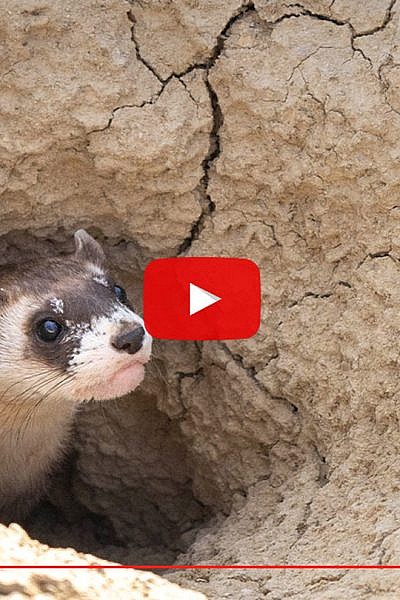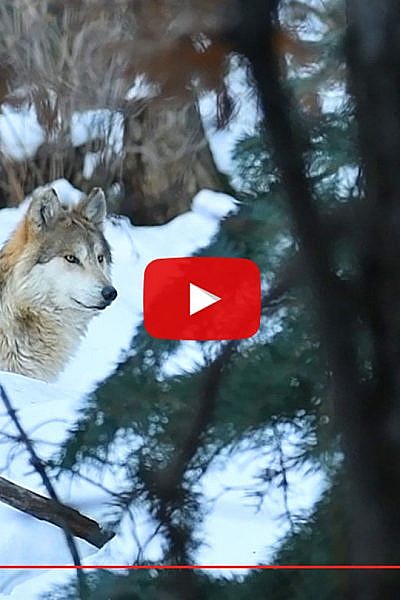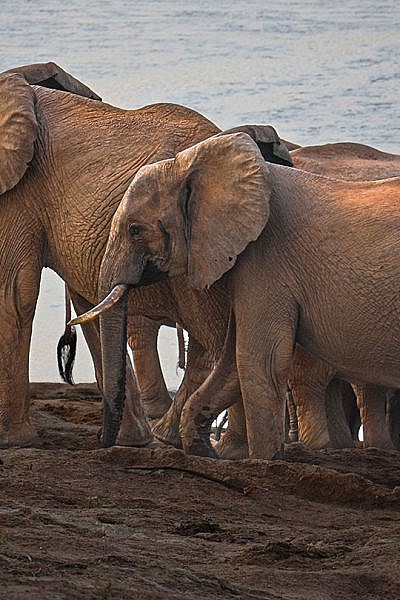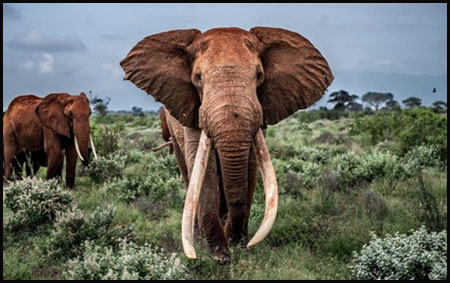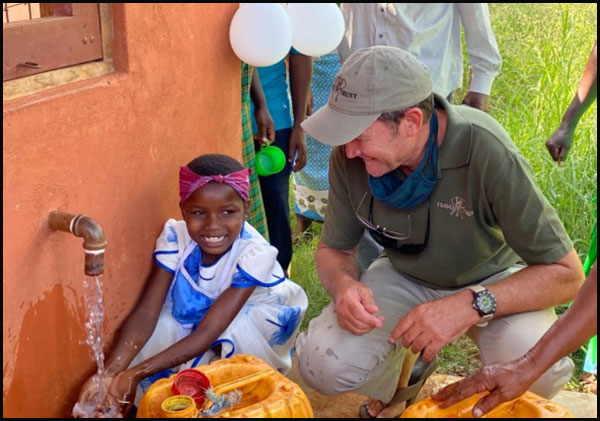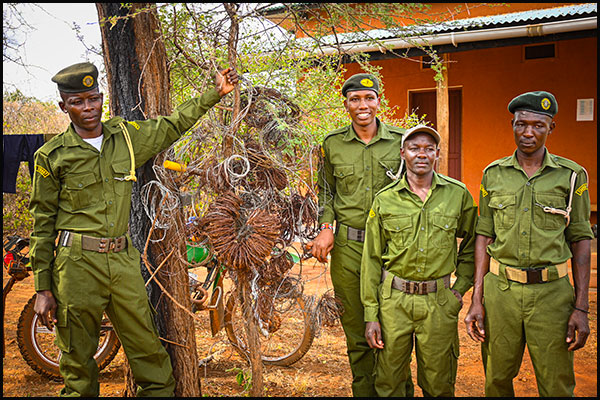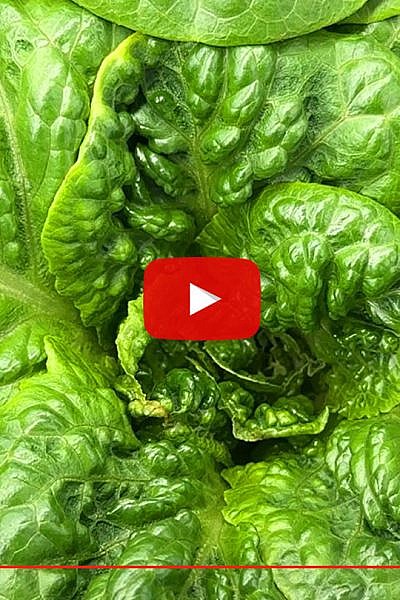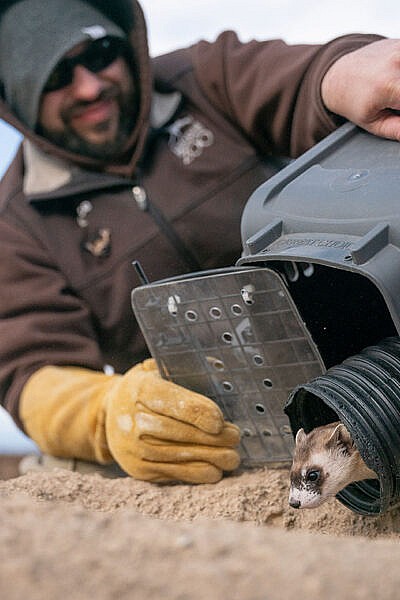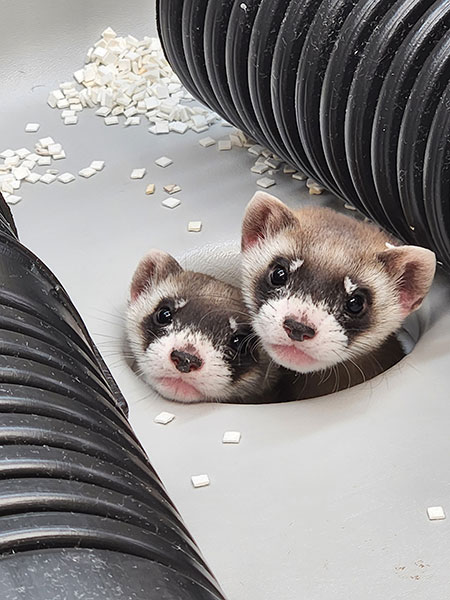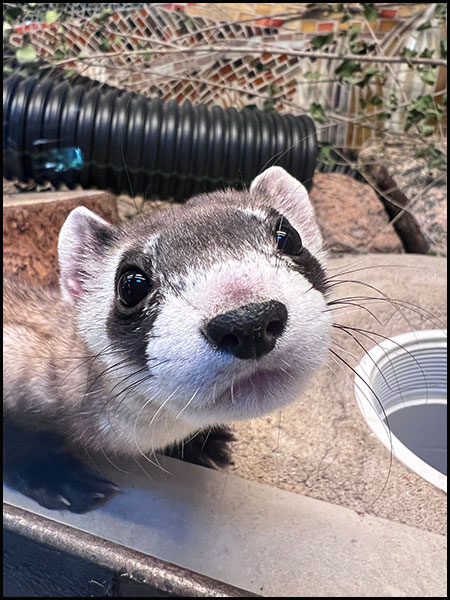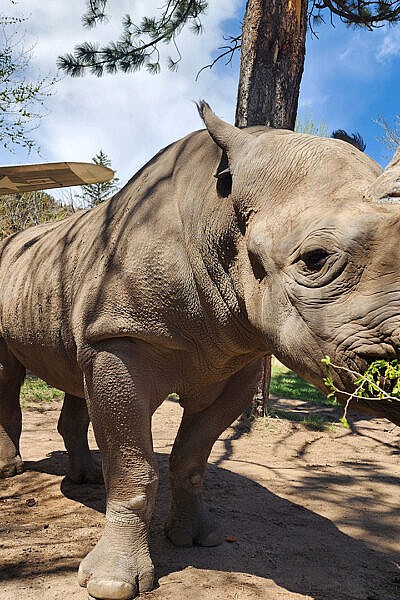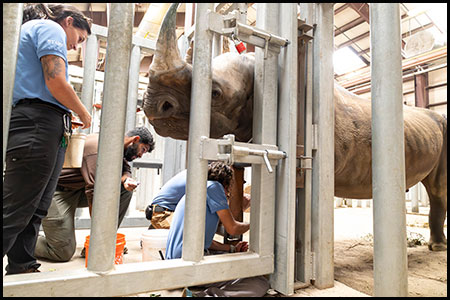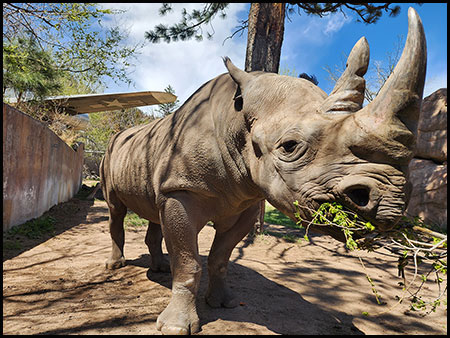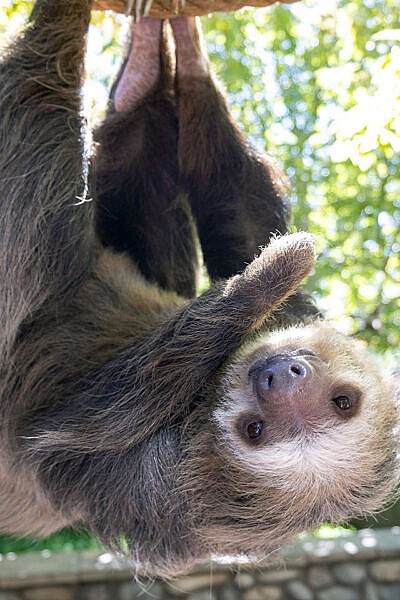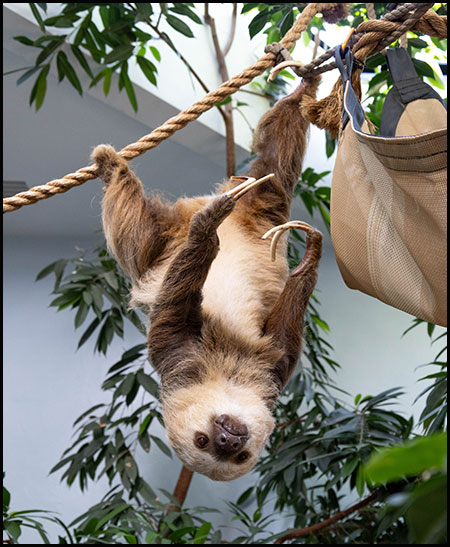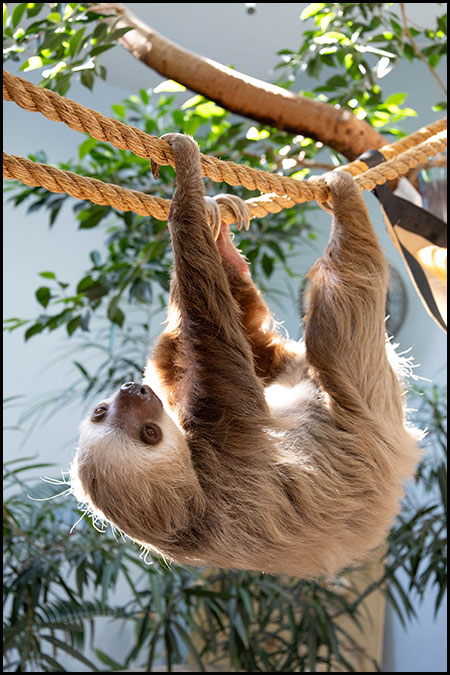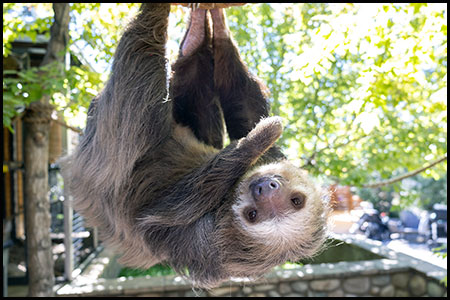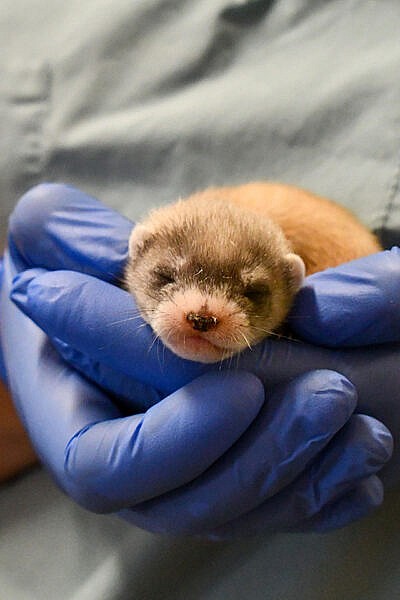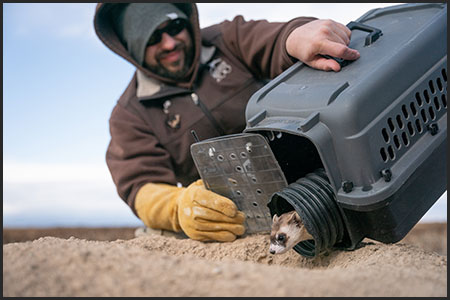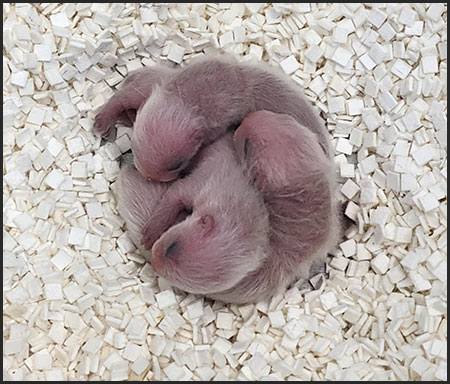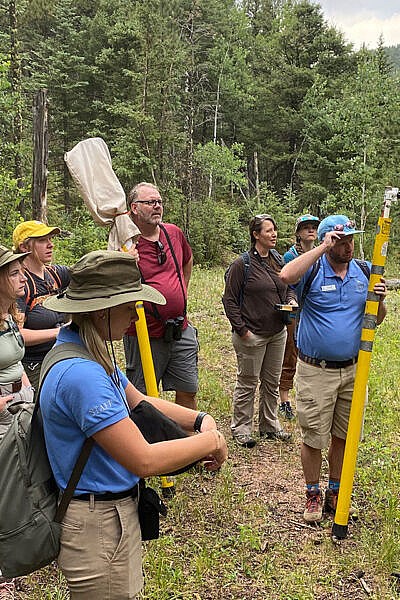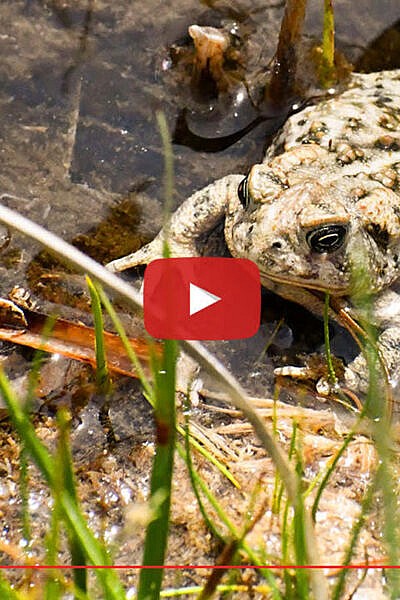Each year, in the quiet depths of Pike National Forest, near Woodland Park, Colorado, a tiny and mysterious owl species settles in for the spring and summer to welcome a new generation to the world. Thanks to the support of Cheyenne Mountain Zoo members, CMZoo staff recently adventured into their hidden forest habitat to contribute to a 40+-year study of flammulated owls.
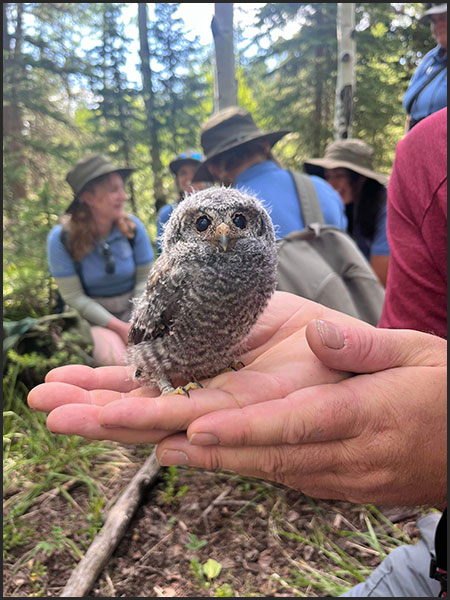
Researchers hope member-funded location trackers will help them learn more about the migratory mysteries of these owls. That information could help establish protections for the habitats they need to breed, raise young, and make their incredible annual journeys from southern Mexico and Central America to the U.S. and southern Canada and back.
The initiative is in partnership with Dr. Brian Linkhart, a seasoned researcher with over 40 years of experience studying flammulated owls in Colorado, and professor of organismal biology and ecology at Colorado College, where he teaches courses in ornithology, ecology and field biology. CMZoo’s role was to supply member-funded state-of-the-art Motus trackers to attach to ten adult flammulated owls under Dr. Linkhart’s direction. These tiny, lightweight devices are pivotal in monitoring the owls’ movements as they navigate thousands of miles each year.
Flammulated owls are listed as ‘least concern’ by the International Union for the Conservancy of Nature. While owl numbers seem stable in Colorado study sites, their low reproductive rates and association with older forests raises questions about the stability of owl populations throughout their range, so now is the time to protect their populations. They face numerous threats during their migratory journeys, including habitat loss, pesticide exposure, and collisions with human-made structures. Understanding their migration routes is crucial for pinpointing key stopover and breeding sites and advocating for habitat preservation.
The project builds upon CMZoo’s commitment to migratory bird conservation, with the recent installation of Motus towers at CMZoo and Fountain Creek Nature Center. These towers, also funded by members through the 2023 Member Conservation Vote, are part of a vital international network that tracks the movements of various bird species wearing Motus tags, providing invaluable data for conservation efforts across the world.
Two groups of CMZoo staff members joined the conservation field trips on Mon., July 15 and Thurs., July 18. The Monday group went during the day to see Dr. Linkhart’s work monitoring fledgling flammulated owlets and attach identifier bands to the young owls. The Thursday group ventured out at dusk to carefully secure adult flammulated owls, and attach the Motus trackers to them. ‘Flammula’ means ‘little flame,’ referring to the owls’ distinctive rust-colored feather patterns. These field trips lit a big flame of passion for owl conservation among CMZoo staff.
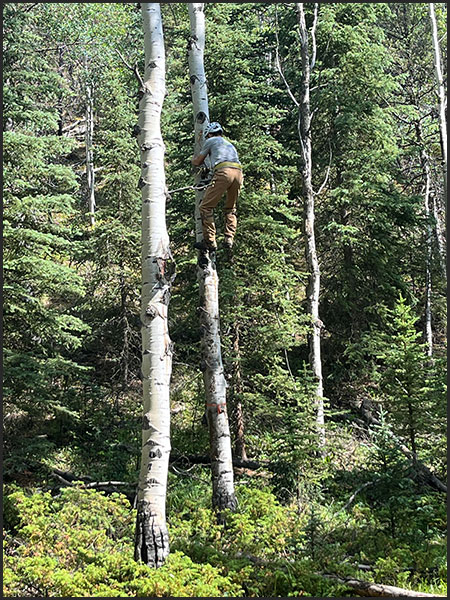
Jaymee Dietz, CMZoo veterinary technician, was part of the Monday group, and she was on the committee who evaluates the staff-championed conservation projects that members consider for support.
“We weren’t sure we’d find any owlets, but our hearts skipped a collective beat when Dr. Linkhart climbed up a tree and brought two tiny owls down, still all fluffy with some of their downy feathers” Jaymee says. “We got there just at the right time, because they were old enough to be banded and they were ready for their first flight out of the nest, probably that night. We were sitting in this silent forest, trying so hard to quiet our excitement as we worked on the little guys. Seeing them in person was so inspiring. My passion for protecting owls is at an all-time high, and I’m excited to share that with the members who made this possible.”
In addition to banding the fledglings, the team assisted as Dr. Linkhart collected crucial biological data such as weight, sex and feather measurements. While the second group wasn’t able to capture any adult flammulated owls to attach tags to this time, Dr. Linkhart will be present at the field site in the coming days and months to deploy the Motus tags.
“It’s possible that the Motus towers, also funded by members, at CMZoo and Fountain Creek Nature Center, could help track the movements of some of the owls wearing the member-funded Motus trackers,” says Nicole Chaney, CMZoo conservation and sustainability coordinator. “We’ll be keeping a close eye on those towers this fall, when the owls start heading south again for winter.”
With the Motus Wildlife Tracking System (Motus), unassuming towers and tiny bird ‘backpacks’ – the trackers – work together to collect ongoing data via radio telemetry. The lightweight and unobtrusive tracking ‘backpacks’ come in a variety of sizes fit for birds, bats and butterflies – and some are even solar powered. Conservationists just need to catch a bird once to attach a tracker that ‘pings’ the towers when it flies by.
Birders have tracked bird movements for decades by banding and releasing individual wild birds and hoping to catch them again later to document their ages and locations. While it is and has been a beneficial science, it provides data based on single moments in time, rather than providing a full picture of a bird’s migration and movements. The towers are peppered across North, Central and South America and in several parts of Europe, Australia, Africa and Asia. Because data from each tower is shared, researchers can track the entire journey of a single bird.
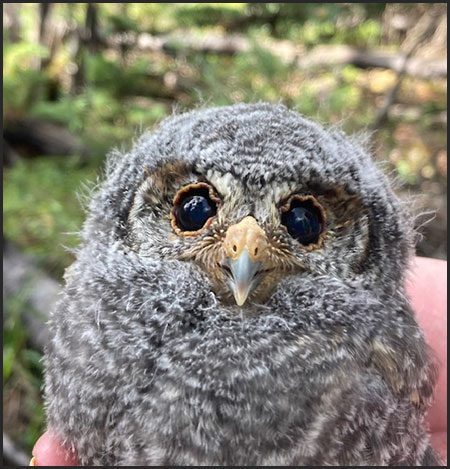
“CMZoo members play a critical role in shaping our conservation priorities,” Nicole says. “Through their support, we can fund projects like the flammulated owl study, which not only advance scientific knowledge but also inspire future generations of conservationists. The Member Conservation Vote allows us to focus on local, native efforts, and we’ve seen members respond to those projects by voting them the top-supported efforts over the last five years.”
Each spring, CMZoo members cast their votes to help the Zoo decide how to spend $75,000 of membership revenue to support conservation projects championed by CMZoo staff, like this one.
Every membership and every visit to the Zoo is conservation in action. From 2015 to 2024, including this year’s contributions, the Member Conservation Vote has provided $750,000 of membership revenue to support field conservation worldwide.
Each year, a total of $100,000 of membership revenue support conservation in two ways:
- $25,000 to the Quarters for Conservation program, which has raised more than $5 million for CMZoo’s legacy conservation partners around the world, in conjunction with funds raised through non-member Zoo admissions.
- $75,000 to projects voted for by CMZoo members through this annual vote.
“Conservation is a collective effort,” Nicole says. “Together with our members and community partners, we can all help protect Colorado’s natural heritage and the remarkable creatures that call it home.”
Back to The Waterhole
